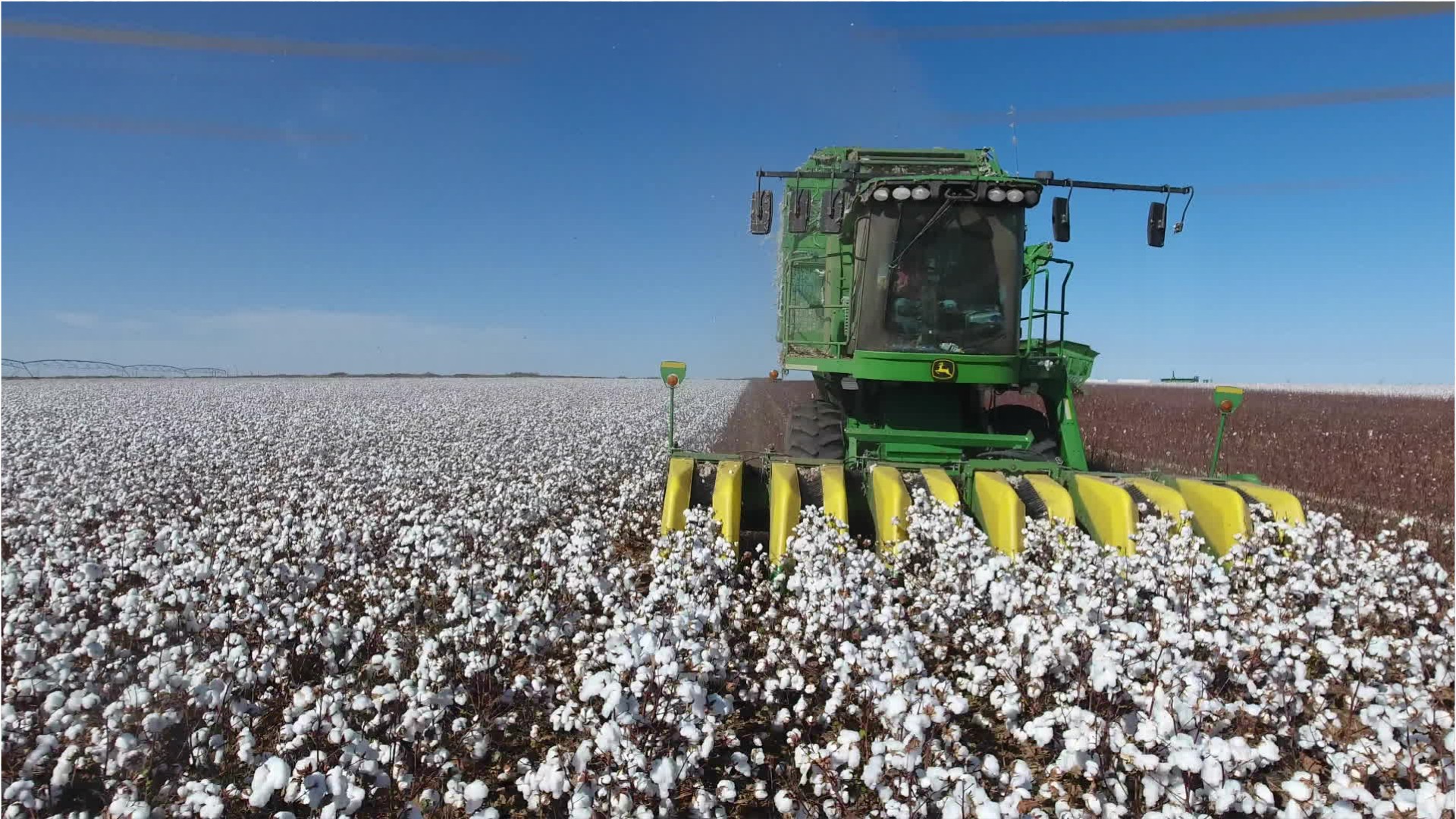Farmworkers, Farm, Ranch, & Aquacultural Animals
Cowboy, Herdsman, Livestock Handler, Ranch Hand
 Select a military branch to see samples.
No similar titles were found.
Select a military branch to see samples.
No similar titles were found.
Animal Care Specialist
No similar titles were found.
No similar titles were found.
Marine Mammal Systems Operator
No similar titles were found.
What they do:
Attend to live farm, ranch, open range or aquacultural animals that may include cattle, sheep, swine, goats, horses and other equines, poultry, rabbits, finfish, shellfish, and bees. Attend to animals produced for animal products, such as meat, fur, skins, feathers, eggs, milk, and honey. Duties may include feeding, watering, herding, grazing, milking, castrating, branding, de-beaking, weighing, catching, and loading animals. May maintain records on animals; examine animals to detect diseases and injuries; assist in birth deliveries; and administer medications, vaccinations, or insecticides as appropriate. May clean and maintain animal housing areas. Includes workers who shear wool from sheep and collect eggs in hatcheries.
On the job, you would:
- Feed and water livestock and monitor food and water supplies.
- Herd livestock to pastures for grazing or to scales, trucks, or other enclosures.
- Examine animals to detect illness, injury, or disease, and to check physical characteristics, such as rate of weight gain.
Knowledge
Manufactured or Agricultural Goods
- manufacture and distribution of products
- food production
Arts and Humanities
- English language
Business
- management
Math and Science
- biology
Skills
Basic Skills
- thinking about the pros and cons of different ways to solve a problem
- keeping track of how well people and/or groups are doing in order to make improvements
Problem Solving
- noticing a problem and figuring out the best way to solve it
Abilities
Hand and Finger Use
- keep your arm or hand steady
- hold or move items with your hands
Ideas and Logic
- notice when problems happen
- use rules to solve problems
Controlled Movement
- quickly change the controls of a machine, car, truck or boat
- use your arms and/or legs together while sitting, standing, or lying down
Verbal
- listen and understand what people say
Personality
People interested in this work like activities that include practical, hands-on problems and solutions.
They do well at jobs that need:
- Dependability
- Stress Tolerance
- Perseverance
- Attention to Detail
- Integrity
- Cautiousness
Technology
You might use software like this on the job:
Spreadsheet software
- Microsoft Excel
Data base user interface and query software
- BCL Landview Systems WinCrop
- Lancaster DHIA PCDART
Office suite software
- Microsoft Office software
Education
Education: (rated 2 of 5)
some college or
high school diploma/GED
usually needed
high school diploma/GED
usually needed
Job Outlook
Below Average
New job opportunities are less likely in the future.
Explore More
- Agricultural Equipment Operators
- Animal Breeders
- Farmworkers & Laborers, Crop, Nursery, & Greenhouse
- Meat, Poultry, & Fish Cutters & Trimmers
- Slaughterers & Meat Packers
You might like a career in one of these industries:
See more details at O*NET OnLine about Farmworkers, Farm, Ranch, & Aquacultural Animals.





